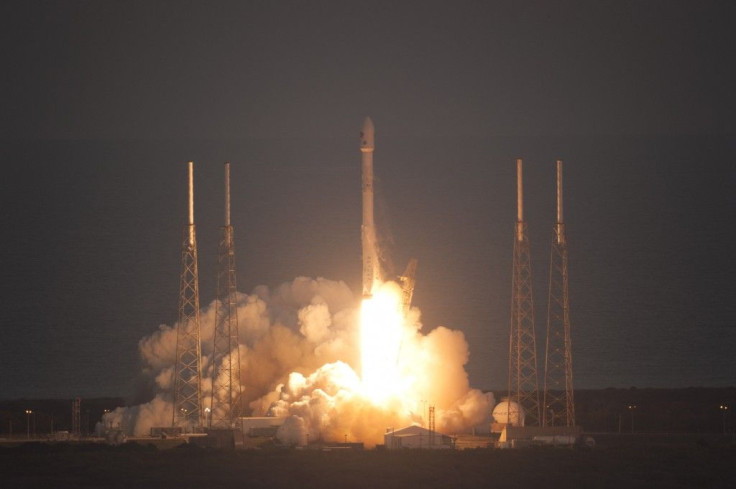‘EPIC’ Photo Of Earth Shows Planet’s Sunlit Side In Great Detail

A view of the entire sunlit side of Earth has been captured in a new photo, captured by NASA’s Earth Polychromatic Imaging Camera (EPIC) installed on the Deep Space Climate Observatory (DSCOVR) satellite. The photo was generated by combining three separate images of Earth taken by EPIC from one million miles away.
NASA’s EPIC, a four-megapixel CCD (charge-coupled device) camera and telescope, took the images on July 6, showing North and Central America. The bluish tint on the image is due to the effects of sunlight scattered by air molecules, scientists said, adding that the EPIC team is currently working to remove this atmospheric effect from subsequent images, to emphasize Earth’s land features.
“The images clearly show desert sand structures, river systems and complex cloud patterns,” Adam Szabo, DSCOVR project scientist at NASA’s Goddard Space Flight Center in Greenbelt, Maryland, said in a statement on Monday. “There will be a huge wealth of new data for scientists to explore.”

Launched in February, the DSCOVR satellite recently reached its planned orbit, from where it is now taking quality images of the entire sunlit face of Earth. According to scientists, data provided by EPIC will be used to measure various aspects, including ozone and aerosol levels in the Earth’s atmosphere, the planet’s cloud height and its ultraviolet reflectivity.
“DSCOVR’s observations of Earth, as well as its measurements and early warnings of space weather events caused by the sun, will help every person to monitor the ever-changing Earth, and to understand how our planet fits into its neighborhood in the solar system,” NASA Administrator Charlie Bolden said, in the statement.
© Copyright IBTimes 2025. All rights reserved.






















